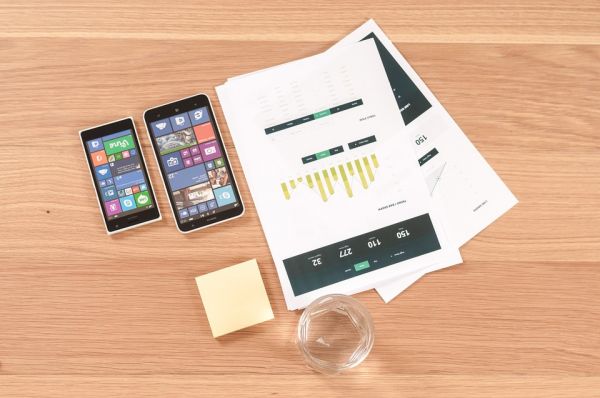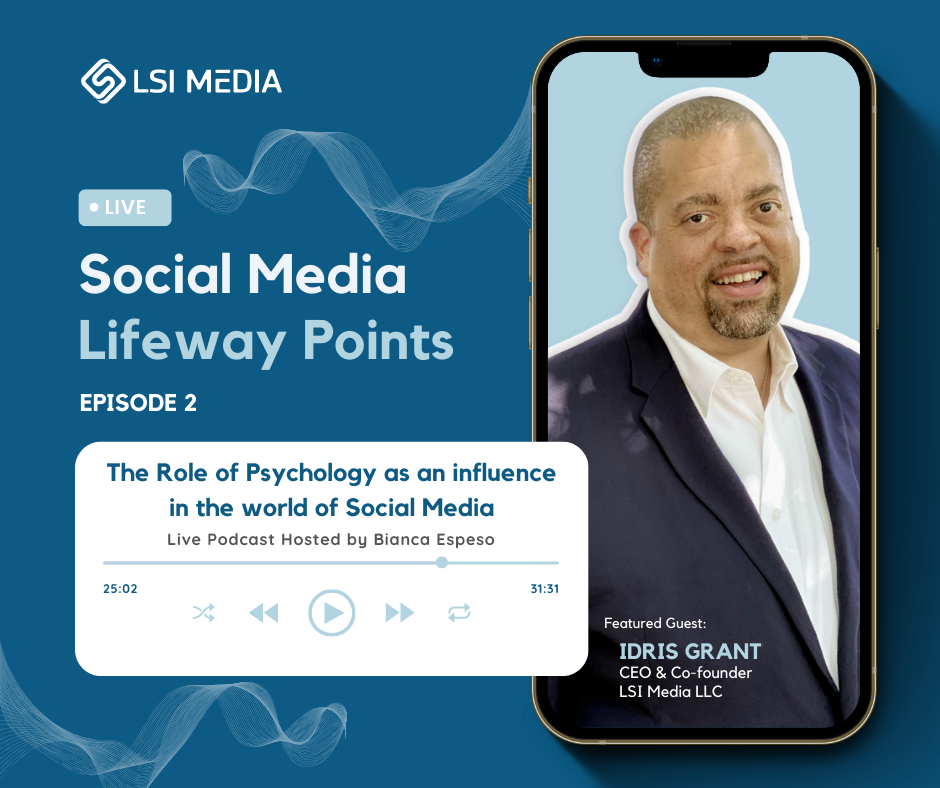[ez-toc]
The Difference Between UX Design and UI Design – A Layman’s Guide
We’ve all overheard conversations, walking down hip streets of the world’s tech capitals, discussions about the great ‘UX‘ of a product or the poor ‘UI’ of a website. Is it a secret language you will find never be privy to? Are these people just using slang to look cool? Well, probably yes to the latter, but a determinate NO to the rest. This article will explain what these terms mean, which jobs pay better, and how to become one.
The Acronyms Unveiled
You have eavesdropped on two people discussing two professions that, although they have existed for decades, and in theory for centuries, and known by the tech industry as UX and UI Design. UX Design refers to User Experience, while UI stands for User Interface. Both elements are crucial to a product and work closely together. But despite their professional relationship, the roles are quite different, referring to very different parts of the process and the design discipline. UX is a more analytical and technical field, and UI is closer to what we refer to as graphic design, though the responsibilities are somewhat more complex.
There is an analogy I like to use in describing the different parts of a (digital) product:
If you imagine a product as the human body, the bones represent the code that gives it structures. The organs represent the UX: measuring and optimizing against input for supporting life functions. And UI represents the cosmetics of the body–its presentation, senses, and reactions. But don’t worry if you’re still confused! You’re not the only one!
As Rahul Varshney, Co-creator of Foster.fm puts it:
User Experience (UX) and User Interface (UI) are some of our field’s most confusing and misused terms. A UI without UX is like a painter slapping paint onto canvas without thought, while a UX without UI is like the frame of a sculpture with no paper mache on it. A great product experience starts with UX, followed by UI, and both are essential for the product’s success.
Below I briefly summarize each term’s history, debate, and definition. But if you don’t care for that – jump to the end of each section for a simplified description. And make sure you don’t miss the professional stats below it.
What is User Experience Design?
User experience design is a human-first way of designing products.
As Wikipedia:
User experience design (UXD or UED) enhances customer satisfaction and loyalty by improving the usability, ease of use, and pleasure of interaction between the customer and the product. Clear, right? Well, you might note that despite what I implied in the introduction, the definition has no reference to tech, no mention of digital, and is vague at best. But like all professions, it’s impossible to distill the process from just a few words.
Some confusion in the definition of the term is due to its youth. Don Norman, a cognitive scientist and co-founder of the Nielsen Norman Group Design Consultancy, is credited with inventing the term in the late 1990s, declaring that “User experience encompasses all aspects of the end-users interaction with the company, its services, and its products.” This implies that UX encompasses all interactions between a potential or active customer and a company, regardless of its medium. As a scientific process, it applies to anything – street lamps, cars, Ikea shelving, etc. In the video below, we pit a banana against a pineapple to demonstrate this point.
Source: Emil Lamprecht
The Difference Between UX Design and UI Design
UI UX Design Principles/Functionality
Products that succeed meet a market requirement that does not exist right now. A UX designer will conduct a competitive analysis and create personas by following the UX design principles. Finally, create a minimum viable or valuable product that will appeal to your targeted customers during the design research phase. Testing throughout the product’s life cycle validates this.
Assists Users in Achieving Goals; UI Creates Emotional Connections
When people visit your website, you want them to do things with a purpose.
User Experience Is Done First, UI Design Follows… (Sometimes)
UX research and design are typically the first steps in developing a product or application. UX people handle many research findings that validate or invalidate initial product ideas. It takes the UI people a few rounds of iteration to complete visual design, and micro-interactions work after a prototype is mostly complete, like some app designs.
User Experience Is Used For All Products, Interfaces, And Services, whereas UI Is Only Used For Interfaces.
With each passing day, the field of UX grows in popularity. The importance of understanding their users’ needs and validating hypotheses before developing products or services is becoming clear to companies with web presences and businesses that develop products or provide services. Designing interfaces is the sole focus of the user interface, and this does not limit them to graphical user interfaces on computers, tablets, or mobile devices. In addition to watches, washing machines, car dashboards, vending machines, skins, factory windows, media players, and ticket kiosks, we now see interfaces on a wide range of other products, including mobile javascript framework, mobile web app framework, and html5 mobile framework.
In what ways are UI and UX design-related?
Although UX and UI imply that they are related disciplines, they are not. The user interface emphasizes visual characteristics as well as overall impression. Even the most visually appealing UI will disappoint users if the UX is poor.
They are not distinct entities. On the contrary, both elements are critical and collaborate closely to determine how a product will look and function, each influencing the other. After weeks of work on a site, you discover that people are having difficulty finding what they are looking for and navigating it. Users will become frustrated and abandon your site if it lacks a good UX, regardless of how appealing the interface is.
Consider the alternative: you conduct user research and tests to ensure a positive user experience, but your site text is so light that it is difficult to read. Even if your UX is excellent, users may not use your product if the UI is unappealing or difficult to use. UX cannot exist in the absence of UI, and vice versa. As a result, you’ll need both sides of the equation to ensure users can interact with your product with ease and pleasure.
Importance of UI/UX
UI and UX collaborate to shape a product’s overall experience. Even if two comparable products have the same result, the UX/UI reflects how they deliver it. Users will use a product that provides a better user experience if it is more appealing due to its overall design.
In Conclusion
UX design and UI design are two distinct terms that are often used interchangeably, but they actually encompass different aspects of the design process. UX design focuses on the overall user experience, which involves understanding the needs and preferences of the users and creating a design that is user-friendly and intuitive.
It involves conducting user research, creating user personas, and designing user flows and wireframes. On the other hand, UI design focuses on the visual and interactive elements of a website or application. It involves creating visual elements such as buttons, menus, and icons, as well as ensuring that the interface is aesthetically pleasing and easy to navigate.
While UX design is concerned with the overall user experience, UI design focuses on the look and feel of the interface. UX designers aim to create a seamless journey for the users, while UI designers aim to create visually appealing and engaging interfaces. In summary, the key differences between UX design and UI design lie in their objectives: UX design is concerned with the overall experience and usability, while UI design focuses on the visual elements and aesthetics of the interface.
FAQs:
1. What is UX Design?
UX Design refers to User Experience Design. It focuses on the overall experience that users have while interacting with a product or website. It encompasses various aspects such as usability, accessibility, and user satisfaction. UX Design aims to create products that are intuitive, user-friendly, and enjoyable to use.
2. What is UI Design?
UI Design stands for User Interface Design. It deals with the visual aspects of a product or website, including the layout, typography, colors, and visual elements. The main goal of UI Design is to create visually appealing and aesthetically pleasing interfaces that are easy to navigate and interact with.
3. What is the key difference between UX Design and UI Design?
The key difference between UX Design and UI Design lies in their focus. UX Design concentrates on the overall user experience, ensuring that the product or website is effective, efficient, and enjoyable to use. On the other hand, UI Design focuses more on the visual design elements, creating visually appealing interfaces that engage users.
4. Is UX Design more important than UI Design?
Neither UX Design nor UI Design is more important than the other. They both play vital roles in creating successful products and websites. UX Design ensures that the product addresses the needs and goals of the users, providing them with a positive experience. UI Design, on the other hand, enhances the visual appeal and usability of the product, making it visually engaging. Both disciplines need to work together harmoniously to create exceptional user experiences.
5. What skills are required for UX Design?
Skills required for UX Design include user research, information architecture, wireframing, prototyping, and usability testing. UX Designers should have a deep understanding of user behavior, psychology, and problem-solving. They should also possess excellent communication and collaboration skills, as they often work closely with cross-functional teams.
6. What skills are required for UI Design?
Skills required for UI Design include proficiency in graphic design software, knowledge of typography and color theory, proficiency in creating visually appealing layouts, and the ability to create consistent visual elements across different devices and platforms. UI Designers should have a keen eye for aesthetics and attention to detail.


















